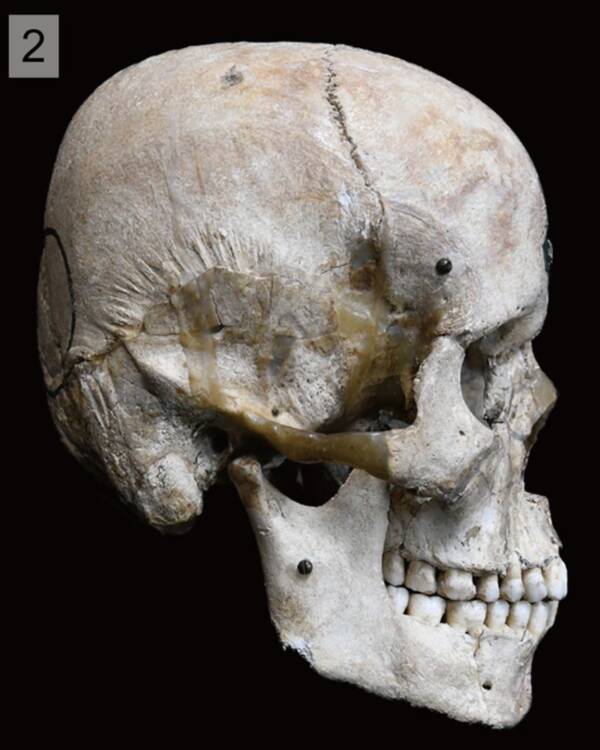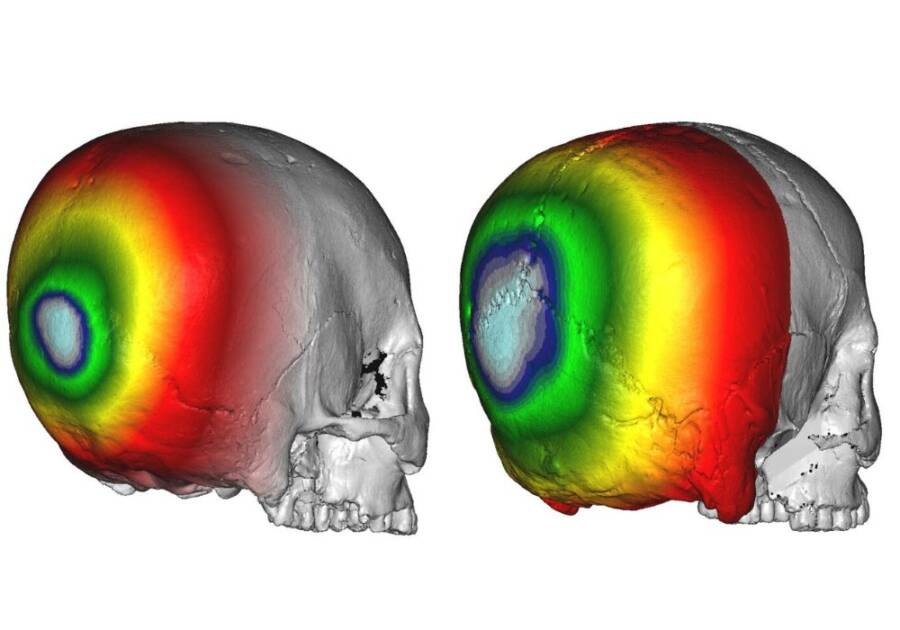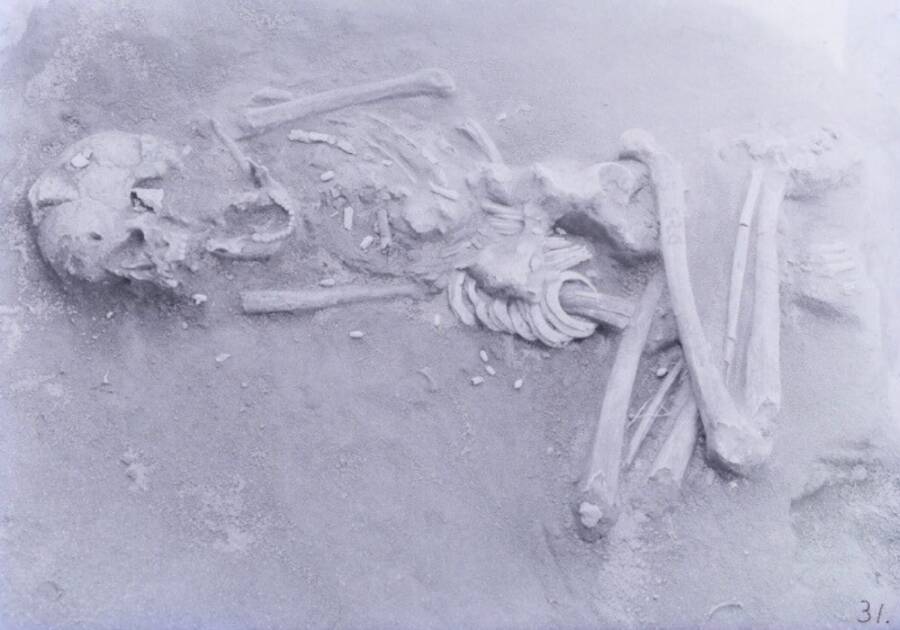The Mystery of Flattened Skulls
For decades, archaeologists have been captivated by an enigmatic discovery on Tanegashima, a Japanese island. In 1957, as researchers delved into the remnants of the Indigenous Hirota people, they stumbled upon an intriguing puzzle. Each unearthed skull bore a peculiar deformation, leaving archaeologists questioning whether these alterations were intentional or the result of unforeseen natural forces.

The Findings: Artificial Cranial Deformation
Now, a comprehensive study conducted by scientists from Japan’s Kyushu University and the University of Montana offers fresh insights into this age-old mystery. Their research, recently published in PLOS ONE, was led by Noriko Seguchi from Kyushu University. By comparing the Hirota skulls to those of contemporaneous Japanese groups spanning the third to seventh centuries C.E., they shed light on the matter.
Using 2D imagery and 3D scans, the team meticulously analyzed the shape of 19 Hirota skulls alongside skulls from the Jomon people of Kyushu Island and the Doigahama Yayoi people. Astonishingly, only the Hirota skulls exhibited deformations, characterized by bulges and irregular shapes that could not have occurred naturally. The conclusion? The Hirota skulls had undergone intentional cranial modification.

Unraveling the Motivation Behind the Practice
The research also revealed that both male and female skulls displayed these deliberate deformations, with no discernible difference between the sexes. While various cultures throughout history practiced artificial cranial deformation, motivated by factors such as religious beliefs, beauty standards, and social status, the reasons behind the Hirota people’s cranial modification remain shrouded in mystery.
Preserving Group Identity and Trade
The researchers postulate that Hirota people might have deformed their crania as a means to safeguard their group identity and, intriguingly, to facilitate long-distance shellfish trade. Their practice likely commenced early in an individual’s life, with infants’ skulls being gently reshaped over time. The Hirota site yielded crania that were notably shortened and flattened at the back, exhibiting peculiar depressions where the skull’s bones interconnected.

Unraveling the Tapestry of History
With the deliberate nature of the deformations established, the researchers now aim to uncover the underlying motivations driving this practice among the Hirota people. Additionally, they hope to explore the connection between these deformations and the extravagant shells, sourced from hundreds of miles away, found alongside the skeletal remains.
The Hirota people’s ancient tradition of cranial modification remains an intriguing enigma, and further investigations in the region may illuminate its social and cultural significance within East Asia and the broader world.